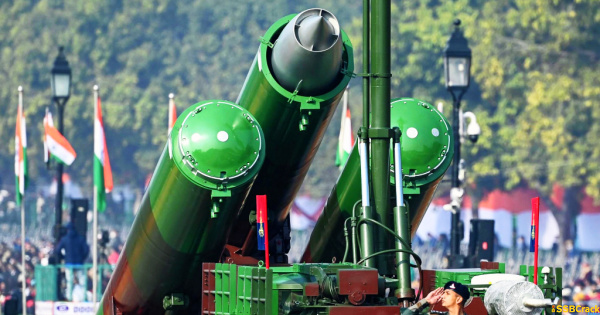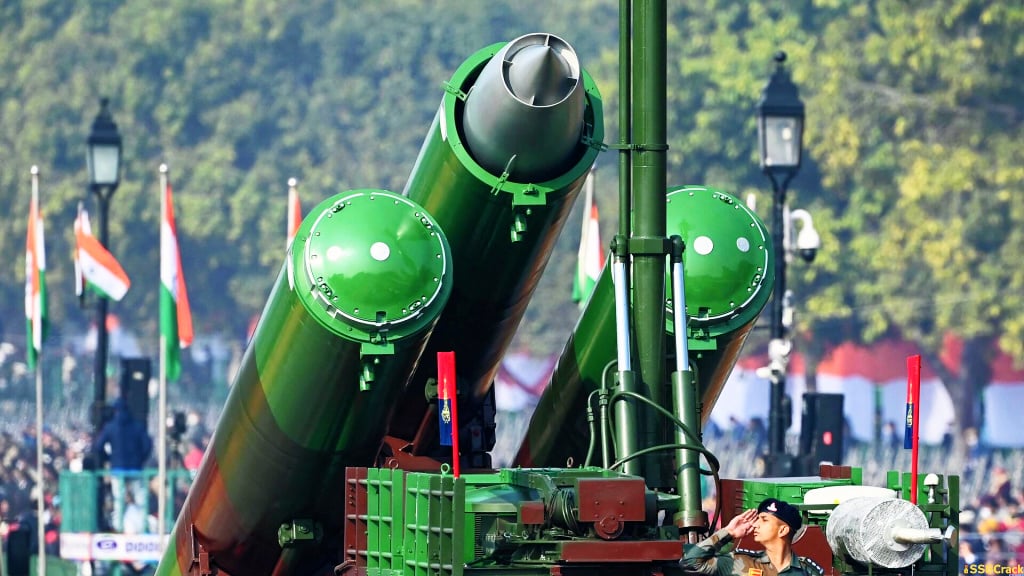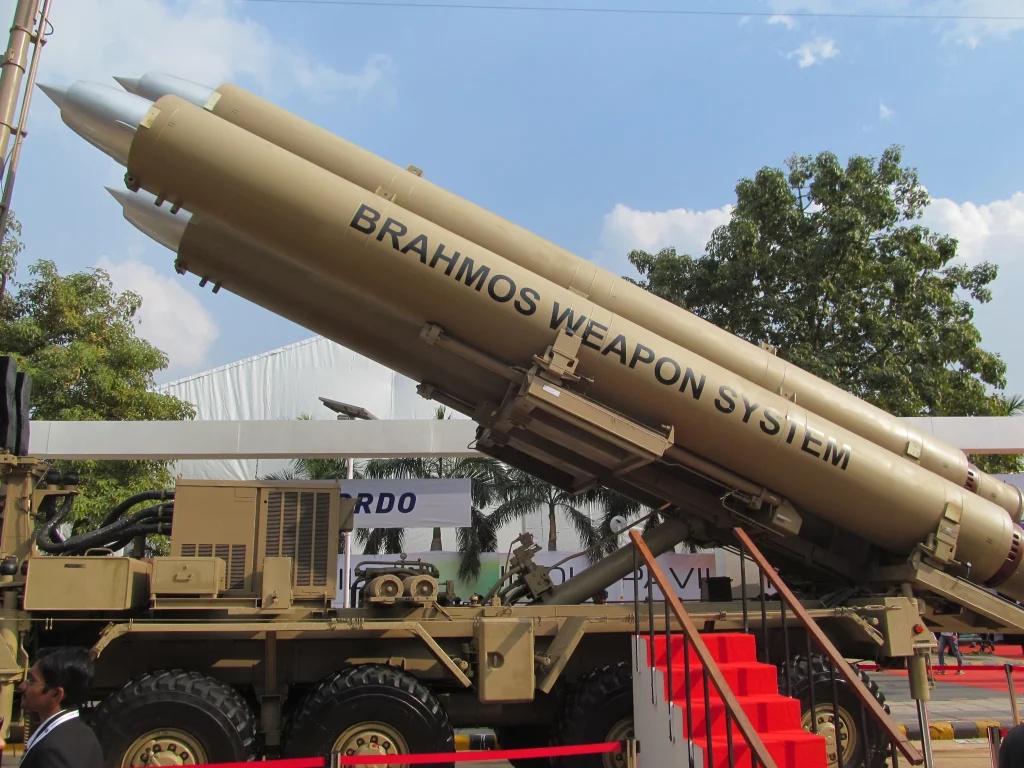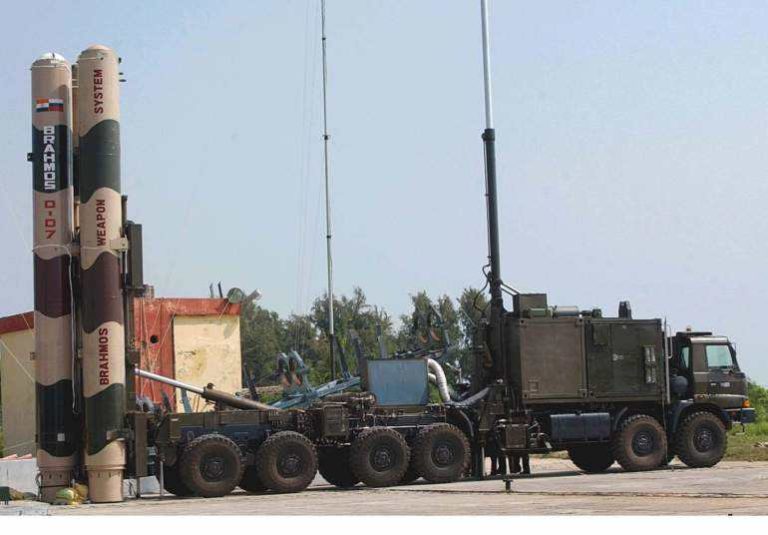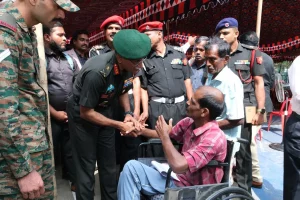The BrahMos missile, created in collaboration between India and Russia, is believed to be the world’s fastest, precision-guided munition. Sputnik India attempted to tally the number of BrahMos rockets in service in India.
The supersonic cruise missile BrahMos is the backbone of India’s conventional missile arsenal. The rocket has gotten a lot of attention recently because Indian rivals are feverishly trying to decode it, even enlisting the help of spies.
What Makes Brahmos Missiles So Special?
Less than two weeks ago, the Maharashtra Anti-Terrorism Squad (ATS) arrested a senior scientist closely associated with the BrahMos missile programme who was working with the Defence Research and Development Organisation (DRDO) on charges of leaking sensitive information about the projectile to a Pakistani intelligence operative.
According to investigations, the DRDO scientist Pradeep Kurulkar was honey-trapped by a spy purportedly working for Pakistan’s secret service, Inter-Services Intelligence. With this case getting media attention, Google searches for India’s BrahMos stockpile have increased dramatically. In this light, Sputnik India aims to unravel the riddle surrounding the total number of BrahMos missiles in operation/trial in the South Asian nation.
How Many BrahMos Missiles Does India Have In Service?
Officially, New Delhi has never stated the actual numbers of BrahMos missiles operated by the three wings of its troops, namely The Indian Army, Indian Air Force (IAF), and Indian Navy.
An Indian defence newspaper quoted a Chinese assertion in October 2020, claiming that the number of this well-renowned weapon BrahMos was 14,000. The report came months after the Sino-Indian border standoff in Ladakh, during which New Delhi was said to have deployed the BrahMos missiles. However, many defence experts believe such statistics are exaggerated.
Also read: Is Brahmos Missile Enough For India?
According to official records, the IAF ordered 200 BrahMos missiles (air-launched type) in 2012 for a total cost of $1 billion. In 2020, a squadron of 18 Su-30MKI jets was outfitted with BrahMos missiles, with rumours later claiming that the IAF planned to buy 200 of the weapon from its maker, BrahMos Aerospace.
In addition, the IAF is interested in purchasing 400 BrahMos-NG missiles, the missile’s next-generation type. According to Pravin Pathak, BrahMos Aerospace’s export director, the design of the BrahMos-NG has been finalised, and production of this model is expected to begin by the end of 2023 or early next year.
The country’s blue-water force stated the same month that it will purchase the next-generation variant of the missile’s long-range Maritime Mobile Coastal Batteries, known as NGMMCB LR in military nomenclature. Though the Indian Navy did not indicate how many units of this type will be purchased, the project is estimated to cost $212 million.
The Indian Army, like the South Asian nation’s air and marine forces, operates the BrahMos missile. The missile’s land-based variant was introduced into India’s territorial army in 2007. The Indian Army was operating five regiments of the BrahMos missile in 2018, according to then-Defence Minister Manohar Parrikar during an event in Pune, Maharashtra state.
To crack the SSB Interview, You can join our SSB interview live classes batch and we recommend you to Enroll SSB INTERVIEW ONLINE COURSE. Trusted by thousands of defence aspirants.
Also read:
- All About Israel David’s Sling Air Missile Defence System
- Philippines To Buy Indo-Russia-Built BrahMos Supersonic Missile For The Second Time
- Indian Navy To Acquire US Harpoon And Russian Kalibr Missiles
- Why India Needs More Subsonic Cruise Missiles?
- Top 10 Anti-Aircraft Missile Systems In The World
- All About Israel IRON DOME Air Defence Missile System
- All About S-400 Missile System [Fully Explained]
- Why S-400 Missiles Systems Is A Game Changer For Indian Armed Forces?
- About Agni Prime- Nuclear-Capable Missile
- What Is A Missile Propulsion System And How Does It Work?
- Why Is The IAF’s Pechora Missile Called A “Stealth Killer”?
